
What Does a Promise Ring Mean? Unlock the Secret Meaning
If you’ve ever wondered what does a promise ring mean, it’s a symbol rich in history and cultural depth. Originating as "posy rings" in the 16th century, these pieces carried poetic inscriptions to signify commitment. Today, their meaning varies across the world—from representing pre-engagement in Western traditions to marking personal milestones in East Asia. Unlike engagement rings, promise rings highlight personal devotion without the immediate step toward marriage. By exchanging one, you’re expressing deep affection and dedication. Discover how promise rings fit into modern relationships with our Tarnish-Free Rings.
The Origins of Promise Rings
While promise rings may seem like a modern trend, they actually have a rich history dating back centuries. Historically, these rings were part of early traditions where symbols of commitment played vital roles in societal bonds.
During the Roman era, you’d find the "betrothal ring," a precursor to today’s promise rings, symbolizing a pledge of marriage. In the Middle Ages, "posy rings" engraved with romantic poetry acted as tangible promises between lovers.
These historical contexts highlight how promise rings served as pre-marital agreements, ensuring social contracts were honored. You can trace this practice back to ancient times, where rings were crafted from various materials, each imbued with specific meanings.
Such early traditions underpin the modern interpretation of promise rings, emphasizing continuity in human relationships.
Cultural Significance Across the Globe
Although promise rings hold a universal symbol of commitment, their cultural meanings vary considerably across the globe. In Western cultures, these rings often signify a pre-engagement or a mutual commitment to a future promise.
However, explore other regions and you'll find distinct interpretations rooted in cultural traditions. For instance, in India, promise rings may symbolize a devotion not just to a partner but to familial bonds, reflecting traditional values.
In East Asia, international variations emerge. Here, promise rings sometimes represent milestones in personal growth or achievements rather than romantic intentions.
Historically, these variations are shaped by each society's unique social and familial norms. By understanding these diverse meanings, you gain insight into the deep cultural significance surrounding this seemingly simple piece of jewelry.
A Symbol of Love and Commitment
Having explored the diverse cultural interpretations of promise rings, we now examine their core symbolism of love and commitment.
Promise rings historically signify a profound emotional connection, serving as a prelude to deeper romantic gestures. Originating in the 16th century as "posy rings," these tokens bore poetic inscriptions, reflecting the wearer's intentions. By the Victorian era, they evolved into more personalized symbols, embodying the giver's commitment.
In contemporary settings, promise rings communicate a pledge of fidelity and devotion, distinct from formal engagement. They symbolize an intention to nurture a relationship, strengthening emotional bonds.
When you exchange promise rings, you're participating in a tradition that underscores mutual affection and dedication, promising a shared future. These rings encapsulate the essence of enduring love and meaningful commitment.
Promise Rings vs. Engagement Rings
When comparing promise rings and engagement rings, it's essential to understand their distinct roles within a relationship.
Historically, promise rings originated as betrothal symbols in Roman times, serving as precursors to formal engagements. In contrast, engagement rings, with their varied styles, signify a commitment to marriage.
Promise rings often embody personal promise ring meanings such as fidelity or future intentions without the immediacy of marriage.
Engagement rings, typically more elaborate, feature gemstones and intricate designs, reflecting the depth of marital commitment. Conversely, promise rings tend to be simpler, focusing on sentimental value rather than style.
Understanding these differences helps clarify how each ring functions within modern relationships, allowing you to appreciate the unique symbolism each type of ring holds.
Reasons to Give or Wear a Promise Ring
Promise rings hold a variety of meanings and are given or worn for several reasons that reflect personal significance and relationship dynamics. Historically, these rings have transcended romantic intentions, serving as tokens of a friendship promise or a family promise.
In a friendship context, a promise ring symbolizes a commitment to enduring companionship and trust. It acts as a tangible reminder of the pledge to support each other through life's challenges.
Similarly, in family dynamics, a promise ring can signify an unbreakable bond, often passed down as an heirloom. This tradition reinforces familial ties and continuity across generations.
Choosing the Perfect Promise Ring
Understanding the multifaceted symbolism of promise rings sets the stage for selecting the perfect one. Historically, promise rings, or "posy rings," date back to the 16th century, embodying spoken pledges.
When choosing a ring, design considerations such as metal type, gemstone selection, and engraving options are paramount. Opt for a minimalist band or intricate design based on personal styles. Consider the historical allure of silver's purity or gold's timeless elegance.
Gemstones like sapphires symbolize fidelity, while diamonds represent enduring commitment. The ring's design should reflect both the giver's intent and the recipient's taste.
Ultimately, the alignment of aesthetic elements with personal styles guarantees the promise ring holds intrinsic meaning, transcending mere adornment to become a cherished symbol of commitment.
Frequently Asked Questions
Can Promise Rings Be Given to Friends or Family Members?
Yes, you can give promise rings to friends or family members. Historically, friendship promises and family commitments symbolize loyalty and dedication beyond romantic relationships, marking significant bonds with a tangible symbol that reflects deep, lasting intentions and shared values.
Are There Specific Occasions for Exchanging Promise Rings?
Yes, you exchange promise rings on meaningful occasions like anniversaries, birthdays, or significant milestones. Historically, promise ring traditions symbolize commitment, originating from Roman times when they indicated a formal betrothal or solemn promise between individuals.
What Are Some Alternative Symbols to Promise Rings?
You can choose friendship bracelets or commitment necklaces as alternative symbols. Historically, these items have represented bonds and promises. They offer detailed craftsmanship and have been used in various cultures to symbolize loyalty and enduring commitment.
How Do People Typically React to Receiving a Promise Ring?
You typically experience a range of emotional responses, from joy to surprise, reflecting the promise ring's cultural significance. Historically, you've seen it as a symbol of commitment, often evoking deep personal and traditional connections.
Can a Promise Ring Be Upgraded to an Engagement Ring?
Yes, you can convert a promise ring to an engagement ring. Historically, the promise ring signifies commitment, serving as a precursor. This change marks a deepening of intention, reflecting evolving relationship significance and societal acceptance throughout time.
Conclusion
In understanding promise rings, you've explored their historical roots and cultural significance, revealing their role as symbols of love and commitment. Unlike engagement rings, promise rings offer a more flexible expression of intent, ranging from romantic devotion to personal pledges. When choosing a promise ring, consider the underlying message and the design that best reflects your intentions. This thoughtful selection underscores its purpose, bridging historical tradition with modern sentiment, and enhancing its personal value.







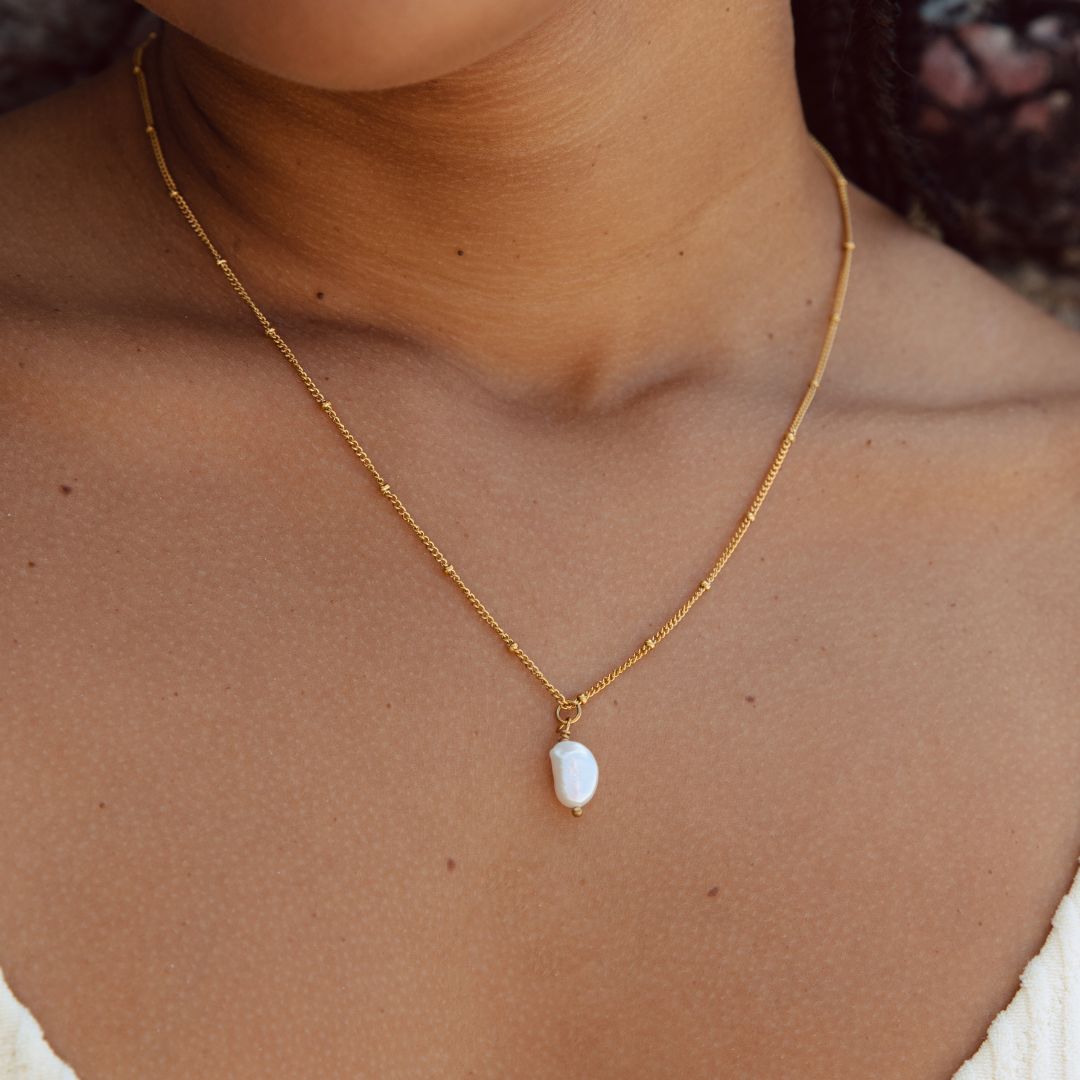




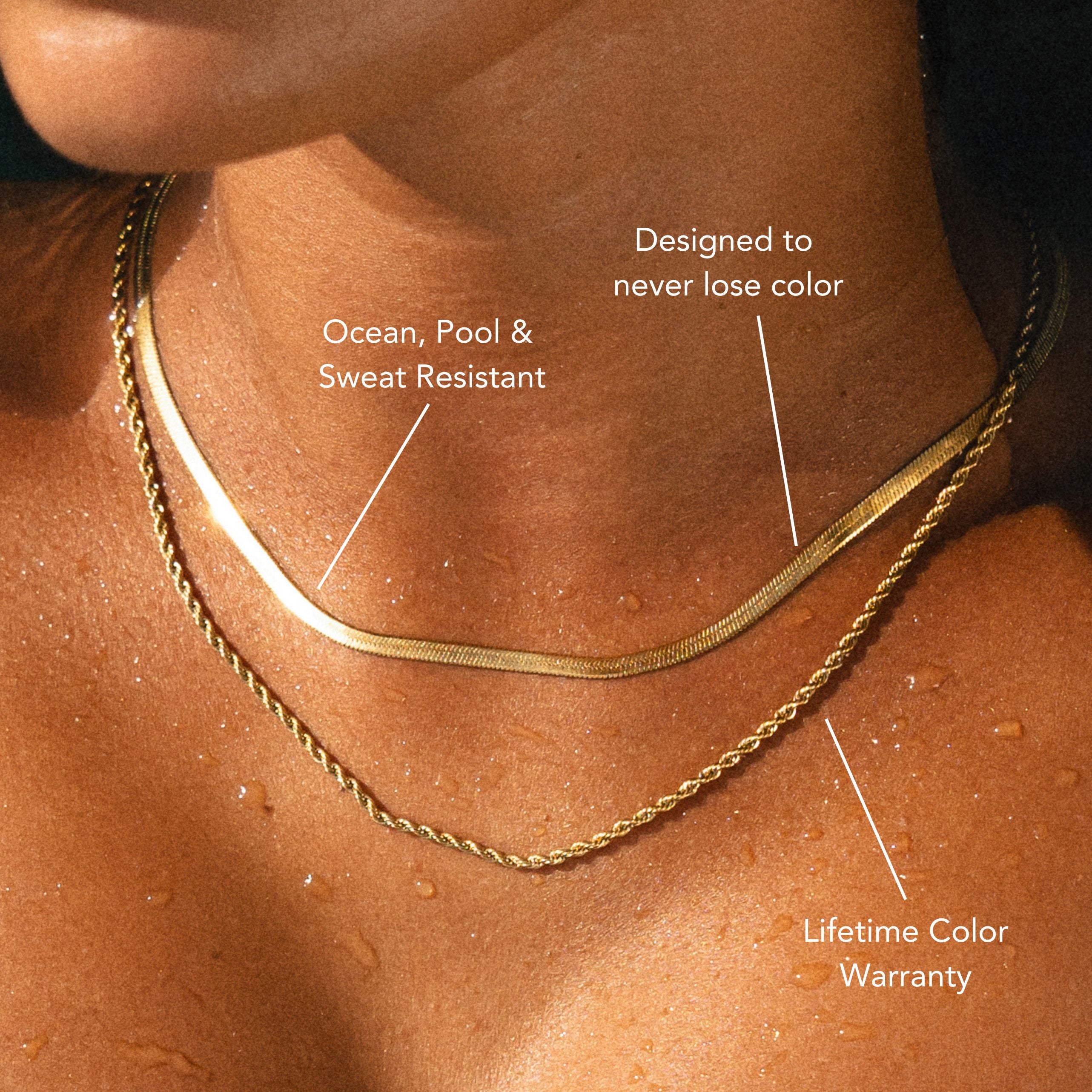
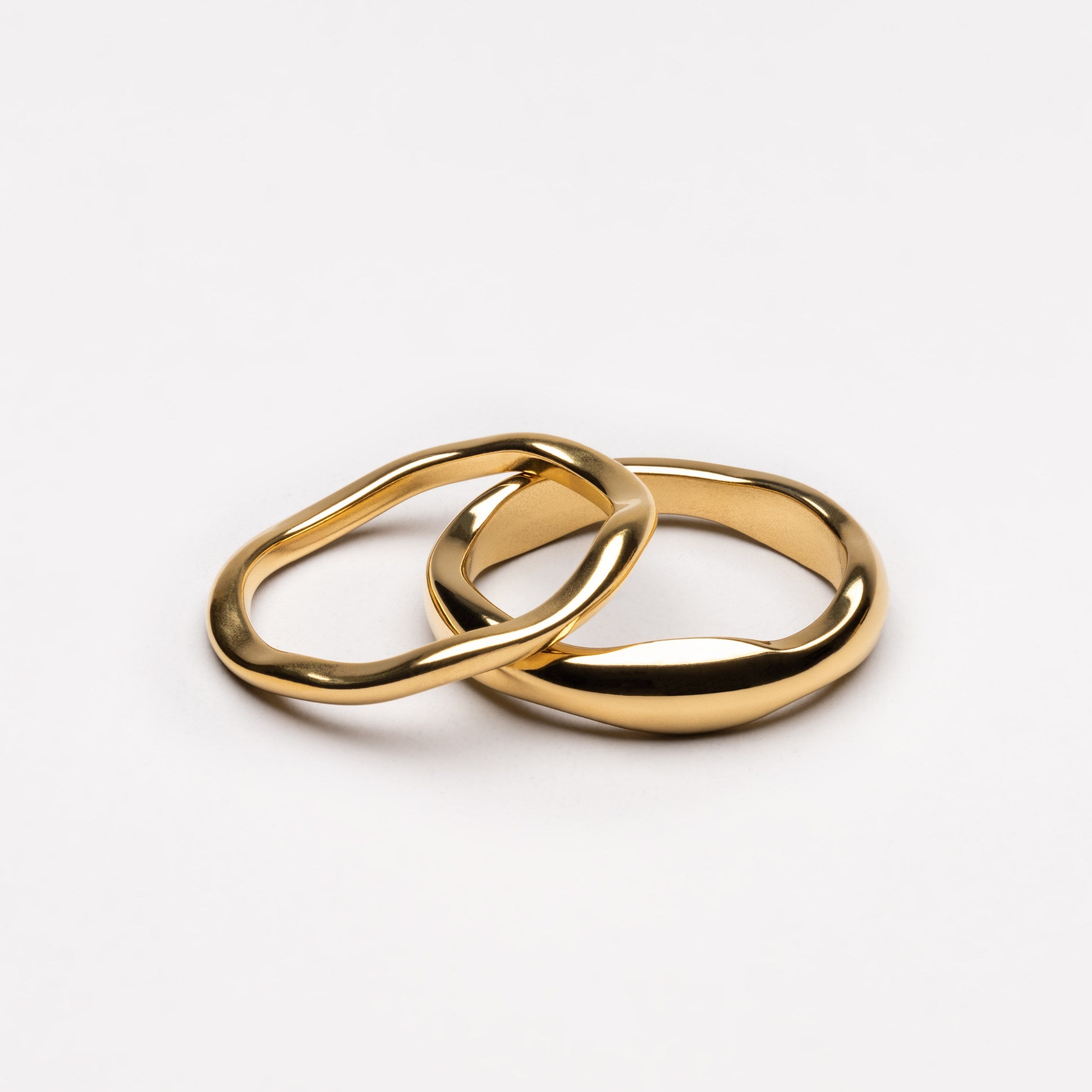

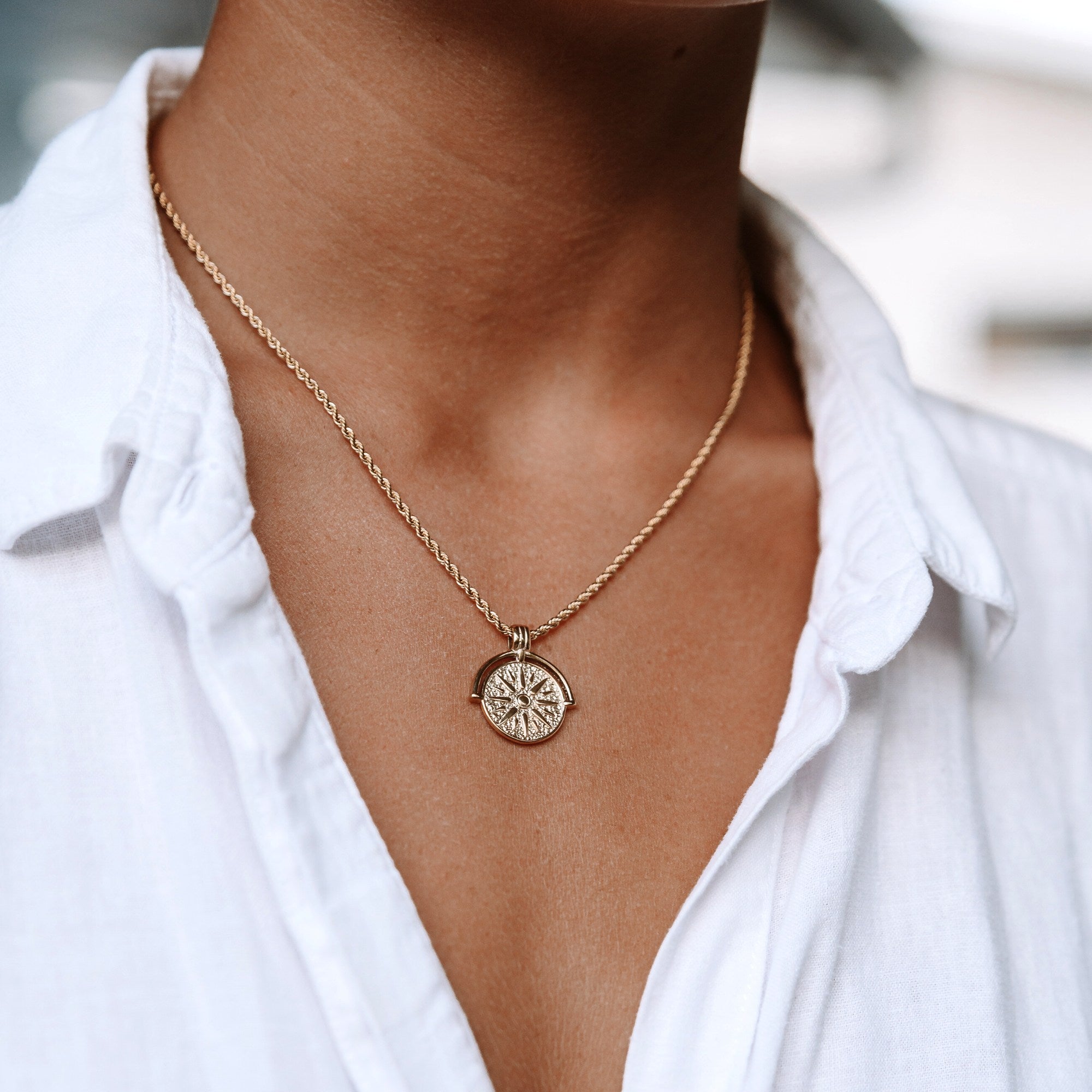


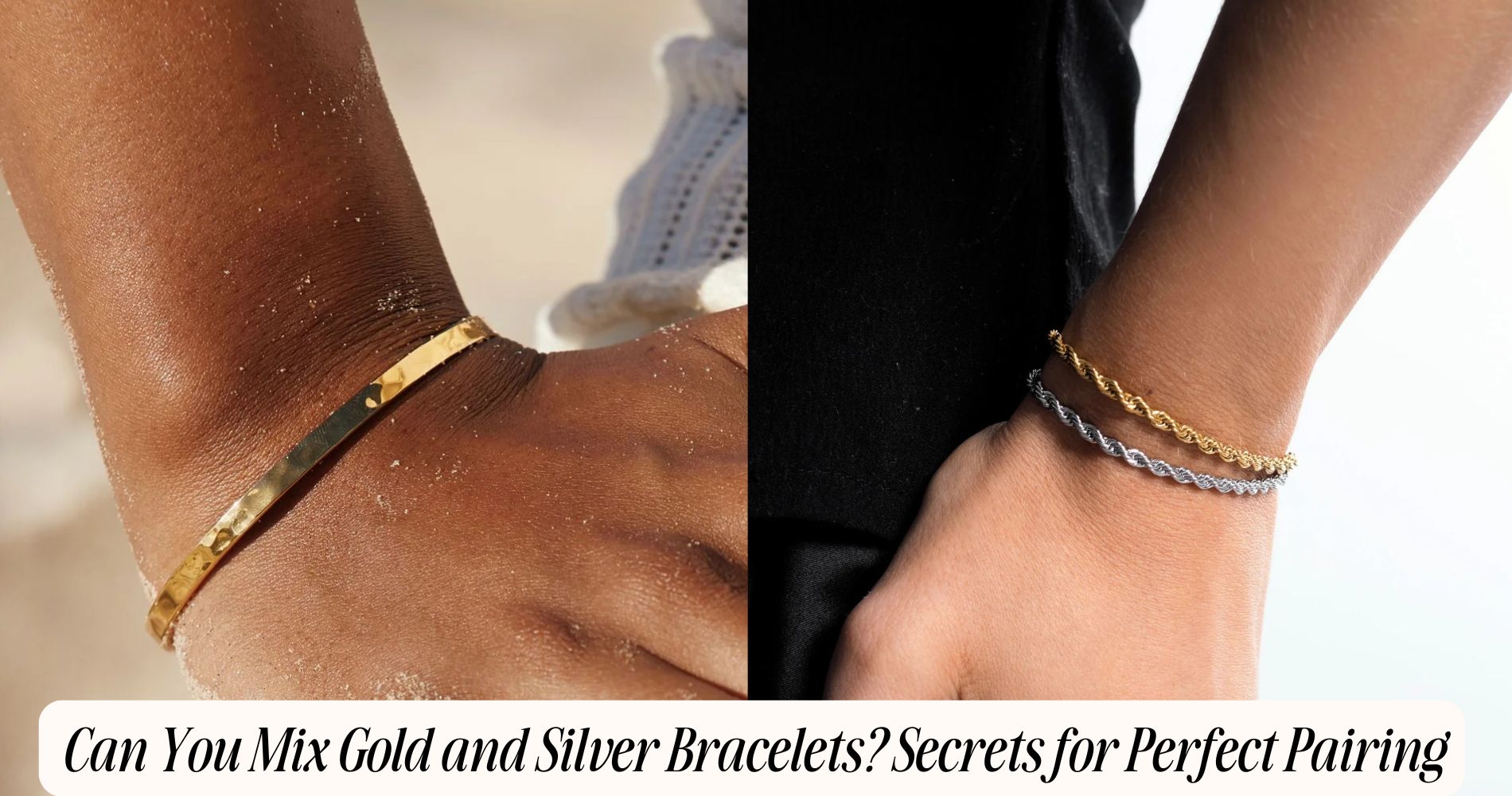




Leave a comment
This site is protected by hCaptcha and the hCaptcha Privacy Policy and Terms of Service apply.